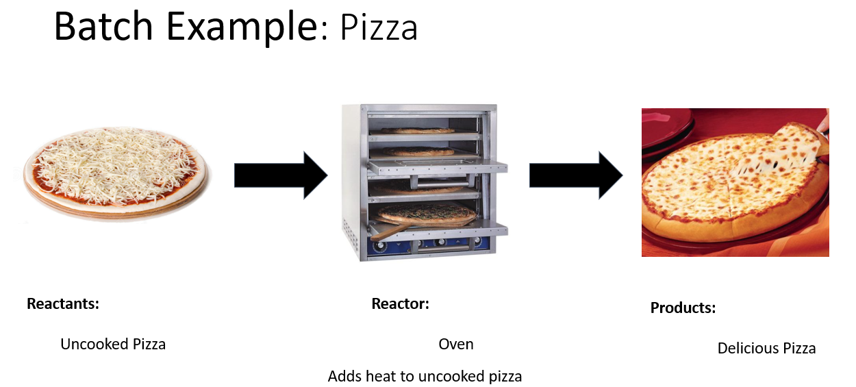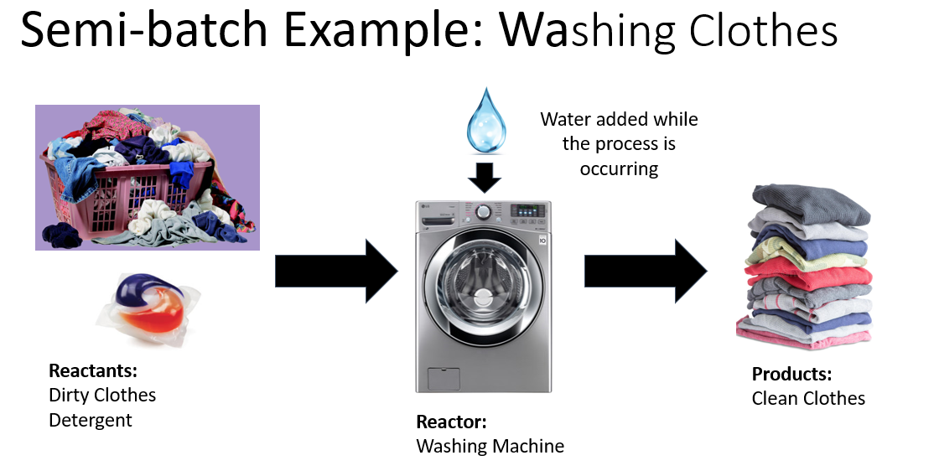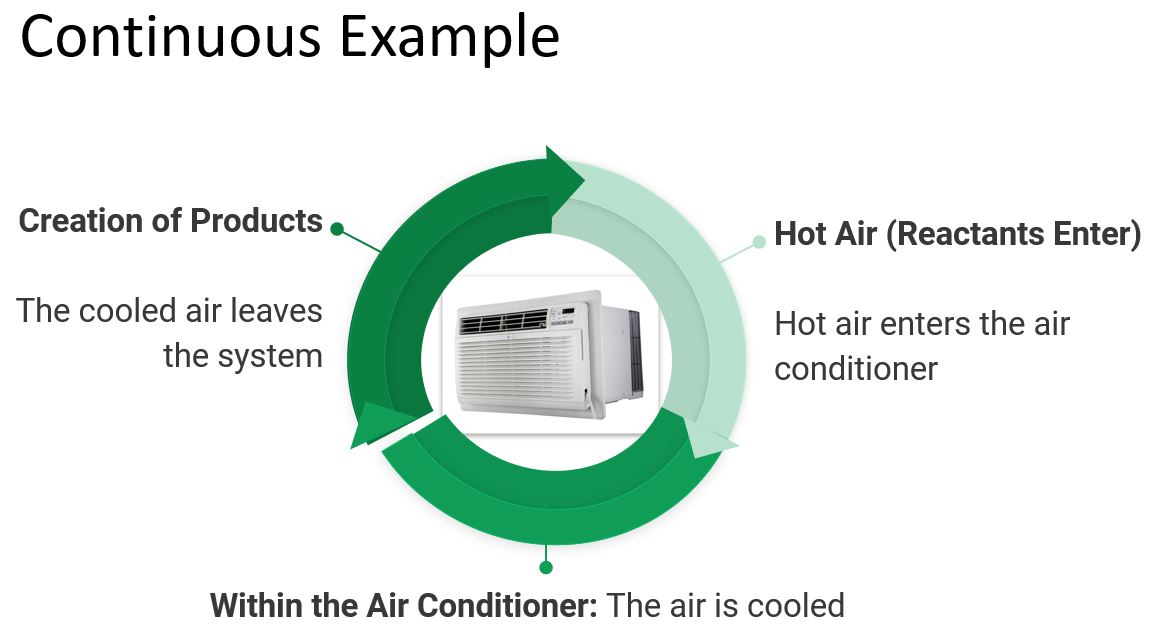Grades 3-6
Welcome parents and children to chemical engineering for grades 3-6. We hope that this page helps middle school children learn some basic principles of chemical engineering.
Engineers use science and math to solve problems. Chemical engineers solve problems related to chemicals and materials that are actually being used in the products you can buy in stores. Chemical engineers typically deal with chemical reactions. During a chemical reaction typically, reactants come together in a reactor to form the desired product.
For chemical engineering, there are 3 basic types of reactions.
Batch
Semi-batch
Continuous
In batch processes, the reactants are added into the reactor. Nothing else happens until the reaction is done. After the reaction is finished, the product is taken out of the reactor. Pizza is an example of this.

In semi batch processes, the reactants are added into the reactor. The reaction starts, however, during the reaction another reactant is added. After the full reaction happens, everything inside the reactor is taken out at the same time. A washing machine acts as an example of this.

In continuous processes there are always reactants being added to the reactor and there are always things being taken out of the reactor. A lot of big companies use this method because it is the cheapest for them. An air conditioner is an example of a continuous process.

Feel free to explore some demonstrations provided to you on this page.
Do you like math and science? Do you like to solve puzzles? Do you like being creative? Then maybe consider chemical engineering as a future career choice.